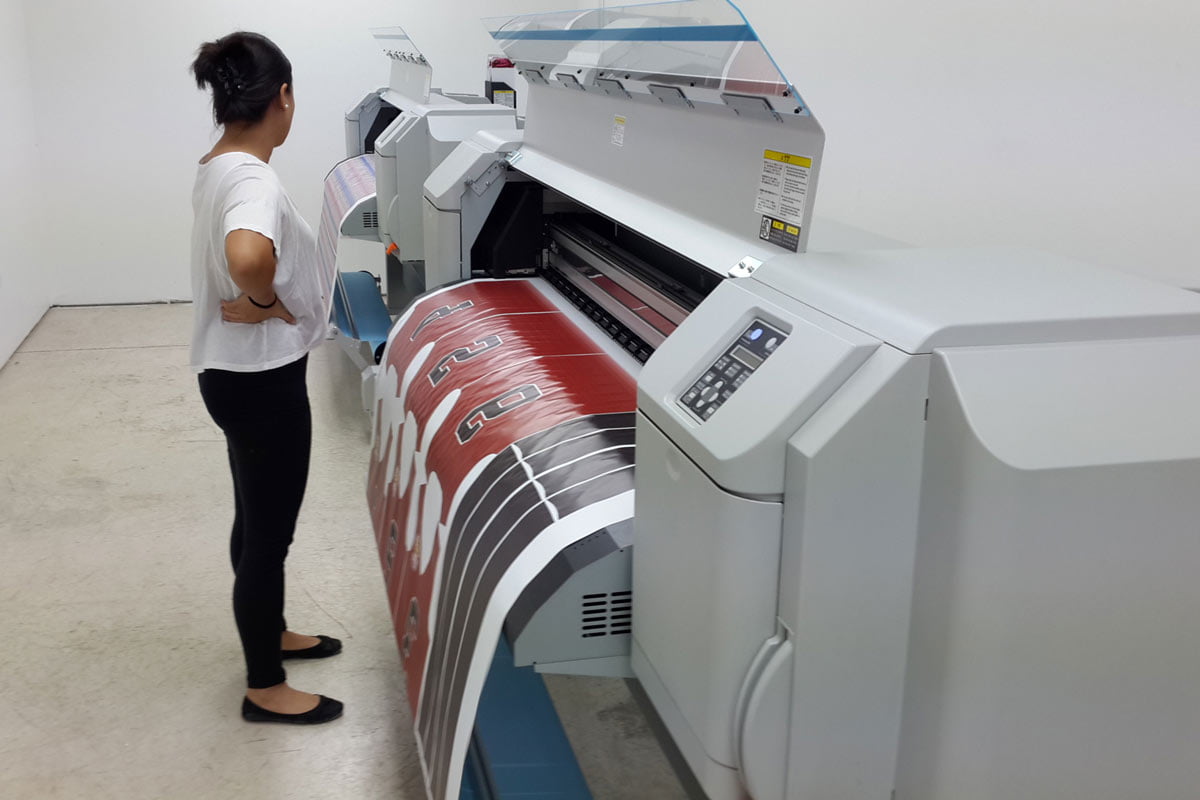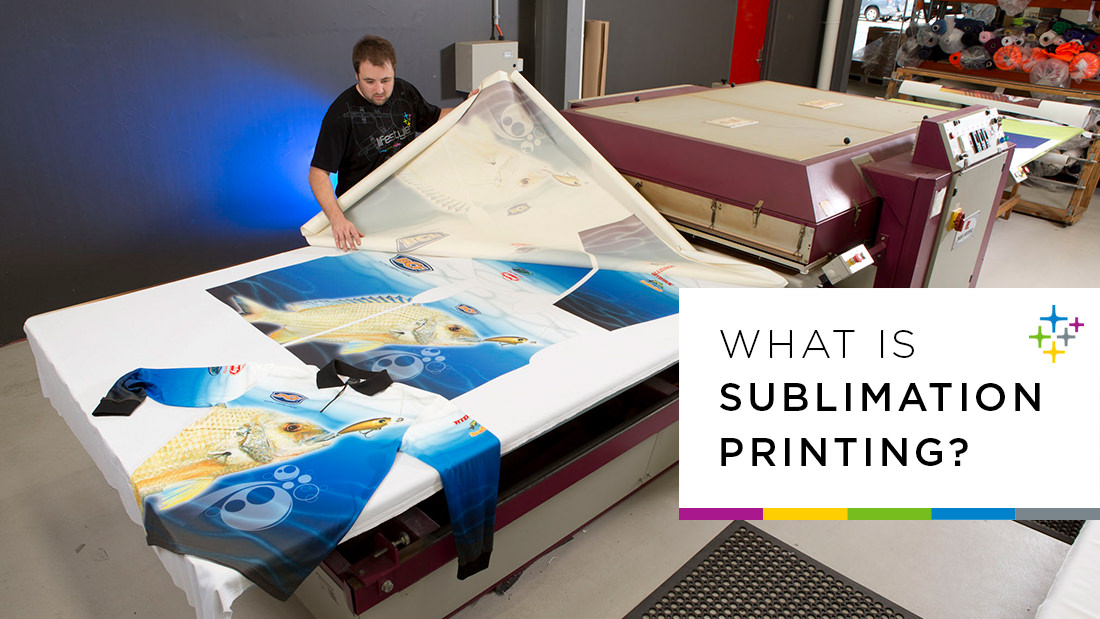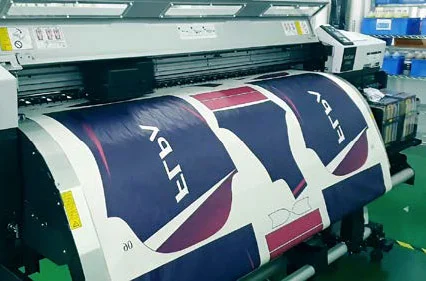Exactly How Screen Printing Revolutionizes the Branded Clothing Sector
Wiki Article
Technologies in DTF Printing: Exactly How It's Changing the Market
The textile printing industry is undertaking a considerable transformation, driven by the advanced developments in Direct-to-Film (DTF) technology. With superior ink formulations, boosted movie and sticky innovations, and the integration of automation, DTF printing offers vivid, long lasting prints on a range of fabrics, fulfilling the boosting demand for customization.Innovations in DTF Innovation
Progressing quickly, DTF (Direct-to-Film) printing innovation has undertaken considerable improvements that are changing the textile sector. One of one of the most noteworthy advancements is the improvement in print top quality. Modern DTF printers make use of advanced ink solutions that lead to vivid, resilient prints with high resolution and shade precision. These inks are particularly crafted for compatibility with different textile types, making certain regular quality despite the material.
Furthermore, advancements in film and adhesive technologies have improved the overall application process. New films use much better flexibility and bond, improving the sturdiness and washability of the printed layouts - DTF printing. This guarantees that the prints maintain their honesty and vibrancy also after several laundries
Last but not least, ecological factors to consider have prompted the development of eco-friendly DTF remedies. Producers are increasingly adopting lasting methods, such as using recyclable movies and water-based inks, aligning with international initiatives to decrease the industry's eco-friendly footprint.
Benefits Over Conventional Methods
When contrasting DTF printing to standard techniques such as display printing and direct-to-garment (DTG) printing, a number of distinct benefits emerge. DTF printing. Among the most substantial advantages is its versatility in textile compatibility. Unlike screen printing, which frequently requires particular textile kinds, DTF printing can be applied to a broader variety of products, consisting of cotton, polyester, and blends, without endangering print high qualityAnother significant advantage is cost-effectiveness, specifically for little to medium-sized orders. Traditional display printing comes to be financially feasible only at greater quantities because of the arrangement prices included. In contrast, DTF printing removes these arrangement costs, making it much more economical for smaller sets and one-off layouts.
Moreover, DTF printing succeeds in durability and washability. Additionally, DTF printing provides faster turn-around times.

Enhanced Layout Capabilities
DTF printing offers enhanced design capabilities that set it apart from typical printing techniques. This innovation permits a broader spectrum of vibrant shades, complex details, and nuanced slopes, offering developers with unprecedented flexibility. The process involves publishing a design onto a special movie, which is then moved to material. This enables for high-resolution prints that preserve quality and intensity, also on complicated patterns and little text.In addition, DTF printing supports a vast selection of textiles, consisting of cotton, polyester, blends, and even non-textile substrates. This versatility opens up doors for innovative applications in varied markets such as fashion, home style, and marketing products. Unlike display printing, which can be limiting as a result of color separation and pattern development, DTF printing simplifies the procedure, making photo-realistic and multi-color designs a lot more easily accessible.
Additionally, DTF printing stands out in accomplishing regular shade precision and vibrancy. In significance, DTF printing encourages developers to press the borders of creative thinking, delivering visually stunning results that were previously unattainable.
Cost and Time Performance
Among the remarkable benefits of DTF printing exists in its price and time performance, making it a recommended selection for lots of organizations. By removing the requirement for display configurations and substantial pre-production procedures, DTF printing significantly decreases initial costs. Unlike traditional approaches that call for substantial investment in displays and arrangement times, DTF printing permits for direct application onto different materials with minimal prep work. This decrease in arrangement time converts right into faster production cycles, enabling organizations to accomplish orders a lot more quickly.Moreover, DTF printing succeeds in producing brief runs and customized orders cost-effectively. The ability to produce high-grade prints without the requirement for large quantity dedications reduces waste and optimizes resource appropriation. This adaptability is especially advantageous for local business and start-ups that may not have the funding to purchase massive manufacturing runs.
In terms of functional efficiency, DTF printing's structured operations boosts total productivity. The innovation's compatibility with a vast array of substrates and textiles further expands its application extent, lowering the demand for several printing systems. Businesses can attain a much faster turn-around time, boosting customer satisfaction and competitiveness in the market. Hence, DTF printing stands out as a transformative solution in the printing market.
Future Trends in DTF Printing
Expecting future patterns in DTF printing reveals a landscape noted by quick technical developments and boosted market demand (screen printing). One considerable trend is the assimilation of expert system (AI) and artificial intelligence algorithms to maximize print quality and improve operations. AI-driven systems can anticipate prospective issues and readjust setups in real-time, ensuring constantly high-quality resultIn addition, improvements in environment-friendly inks and lasting materials are anticipated to acquire grip. As environmental worries come to be more important, the sector is likely to see a change towards non-toxic and biodegradable inks, decreasing its ecological footprint.
Customization and personalization will additionally play an essential function. With the expanding consumer demand for unique, customized items, DTF printing technologies are progressing to supply more intricate and detailed modification options. This fad is sustained by enhanced software application options that enable for even more complicated and imaginative designs.
Finally, the combination of DTF printing with various other electronic systems and shopping services will certainly come to be more smooth. This connection will certainly enable companies to supply on-demand printing solutions directly to customers, better driving development in heat transfer vinyl printing the industry. These fads jointly highlight a future where DTF printing not only satisfies however goes beyond the advancing requirements of the marketplace.
Conclusion

When comparing DTF printing to traditional methods such as display printing and direct-to-garment (DTG) printing, several distinctive benefits emerge. Unlike display printing, which typically calls for certain textile kinds, DTF printing can be applied to a wider array of materials, including cotton, polyester, and blends, without endangering print high quality.
DTF printing uses improved style capabilities that establish it apart from traditional printing methods. Hence, DTF printing stands out as a transformative remedy in the printing market.
Technologies in DTF printing considerably improve the textile printing market by giving exceptional print quality, efficiency, and flexibility.
Report this wiki page